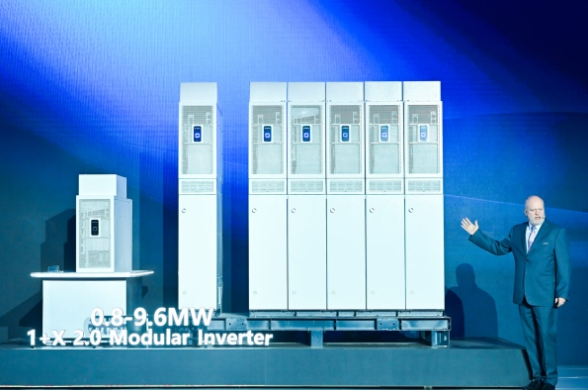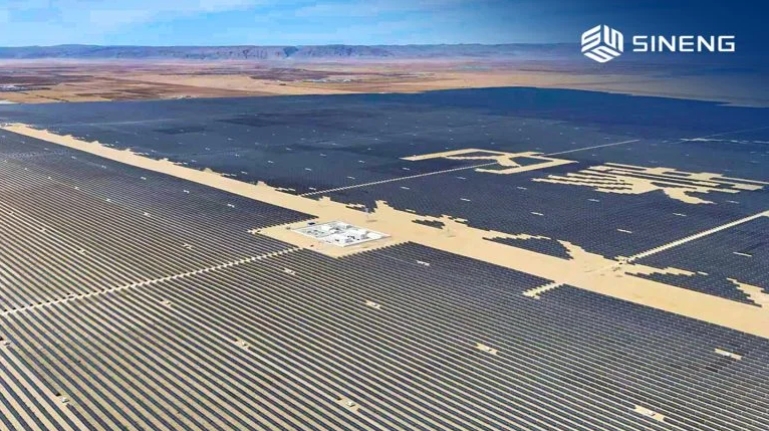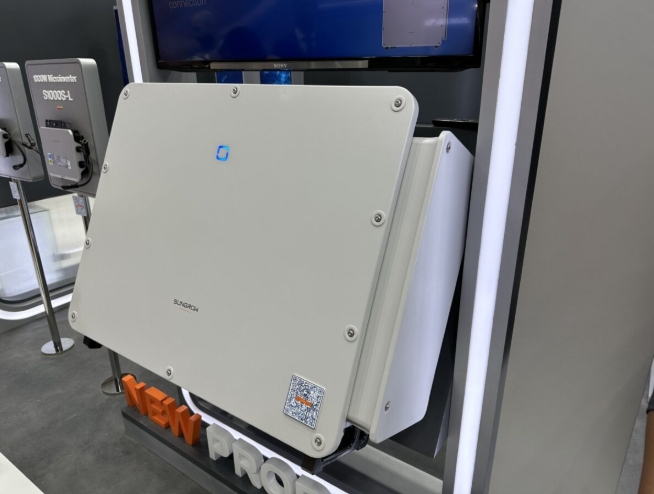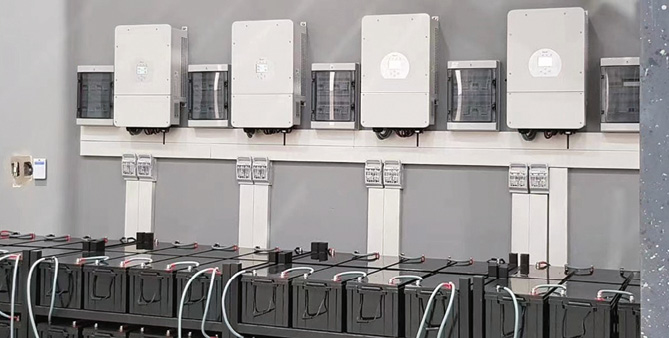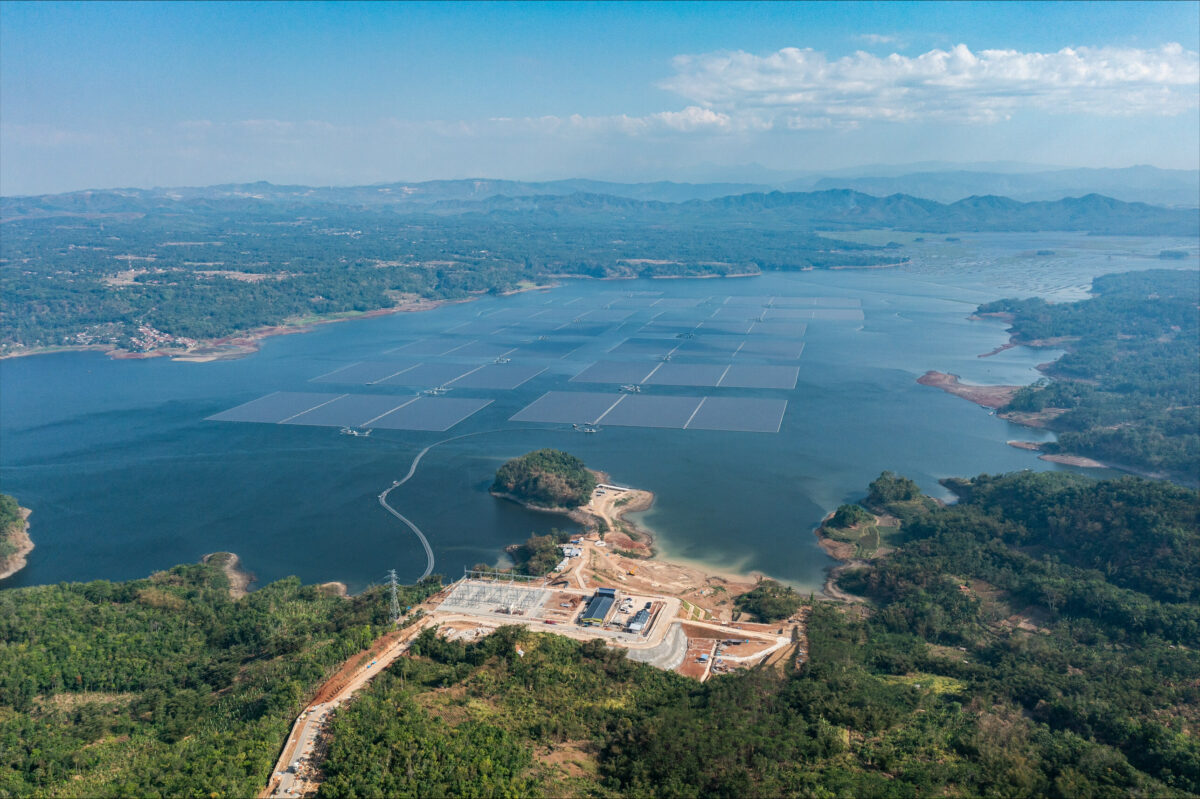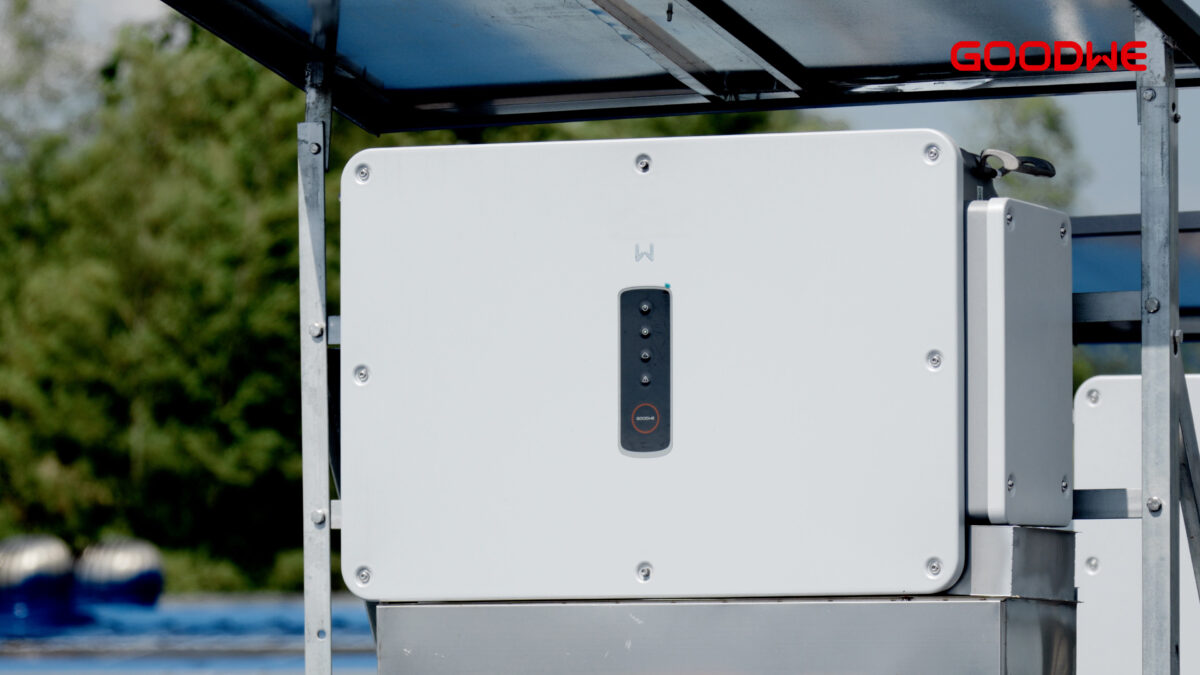On 26 July, the first flue gas from the natural gas power plant, the Shepard Energy Center in Calgary, Canada, was directly transformed by the C2CNT process (earlier post) into carbon nanotubes. In a related new study in the Journal of CO2 Utilization(Wang et al.) new developments of the transformation are reported including use of a nickel super-alloy electrode, critical thermal balance of the process, demonstration of the secondary pure, hot oxygen product, and alkali control of the carbon nanotube structure.

Left and center. Carbon nanotubes grown by C2CNT directly from carbon dioxide (SEM and TEM imaging). Right. The carbon nanotube wall showing the cylindrical layers of graphene comprised of individual carbons.
C2CNT was founded by Dr. Stuart Licht, a Professor at George Washington University, a former Program Director in Chemistry at the National Science Foundation and a Fellow of the Electrochemical Society. C2CNT is rolling out its carbon nanotube products and licensing its carbon capture technology. Dr. Licht and C2CNT are demonstrating their technology in Calgary, Alberta during the finals of the carbon XPRIZE, in which competition C2CNT is a finalist. (Earlier post.)
Direct, high yield, low energy, carbon negative transformation of carbon dioxide into the strongest material known, carbon nanotubes, is of importance as it incentivizes its consumption into a useful, stable product, to bypass the need for carbon levies or taxes and lower release of this global warming gas into the environment.
The C2CNT process splits carbon dioxide by application of electricity between two electrodes (electrolysis) into pure carbon nanotubes and pure oxygen components. Carbon dioxide is absorbed like a sponge in a liquid alkali carbonate electrolyte, and is absorbed by bubbling either flue gas or air (without the need for pre-concentration of the carbon dioxide).
The absorption of carbon dioxide into the electrolyte creates heat. The process is self-heating and the carbonate electrolyte is continuously renewed by the addition of carbon dioxide. The carbon nanotubes consist of concentric graphene cylinders (Wang et al.).
As previously reported as “Diamonds from the sky” by the C2CNT research led by Prof. Stuart Licht, the carbon nanotube product is useful in the production of highest strength structural and packaging materials, batteries, catalysts and may be readily doped to form useful electronic materials. The carbon nanotubes are valued at more than $100,000 per tonne—a thousand-fold greater than coal. The generated pure oxygen product, while less valuable than the carbon nanotubes is useful in a variety of industrial processes including oxyfuel combustion and glass production.
C2CNT is one of five Carbon XPrize Finalist teams in the $10-million international competition to produce the most valuable product from 2 to 4 tonne daily of the carbon dioxide from the flue gas of the natural gas power plant at the Shepard Energy Centre in Calgary as detailed at Carbon.XPrize.org. The Testing & Certification phase of the competition will be completed in June 2020.
Our C2CNT team is working on bringing to fruition a carbon-based economy with change comparable to the introduction of the plastics economy. The carbon economy will have common products, such as lubricants, batteries and structural materials replaced by stronger, more functional, carbon products, and provide the basis to remove and the greenhouse gas carbon dioxide from the anthropogenic carbon cycle.
—Prof. Licht, Founder, C2CNT Corp
